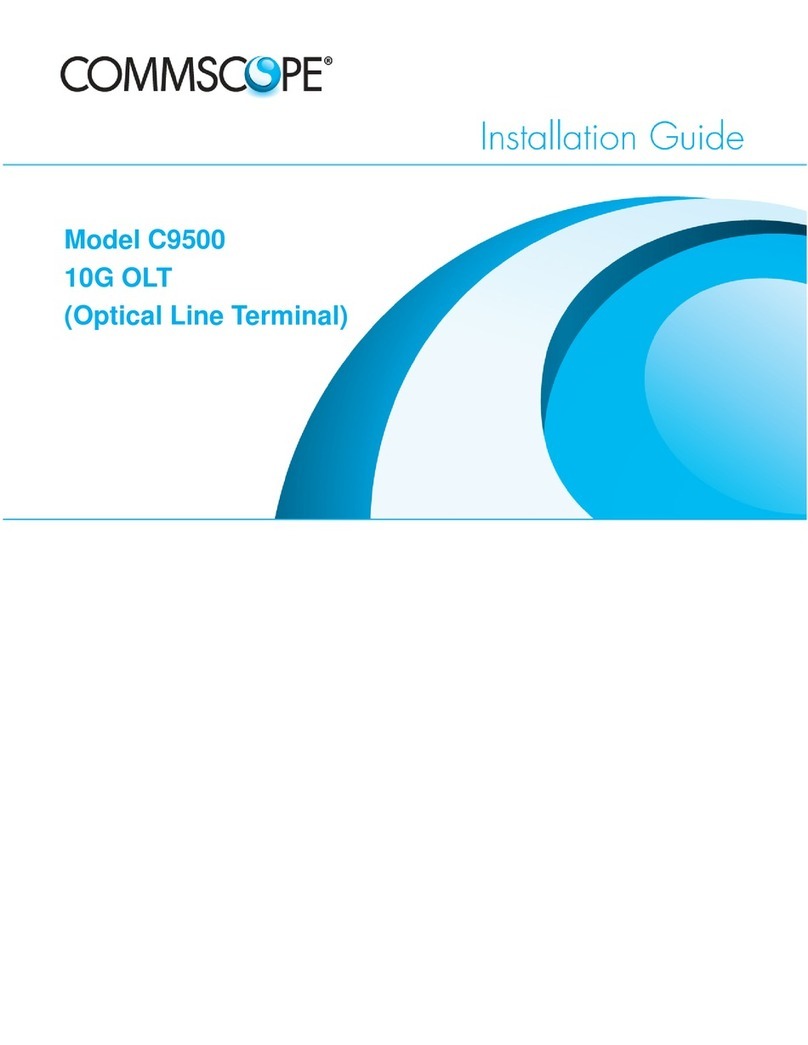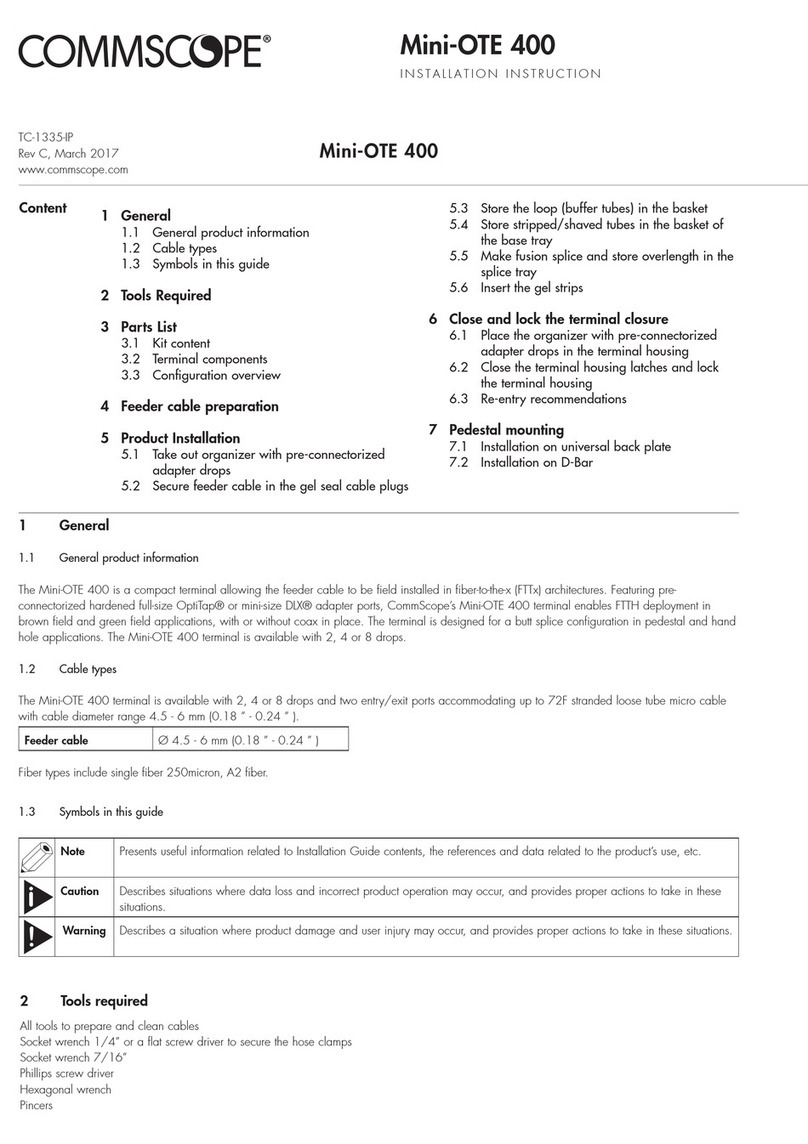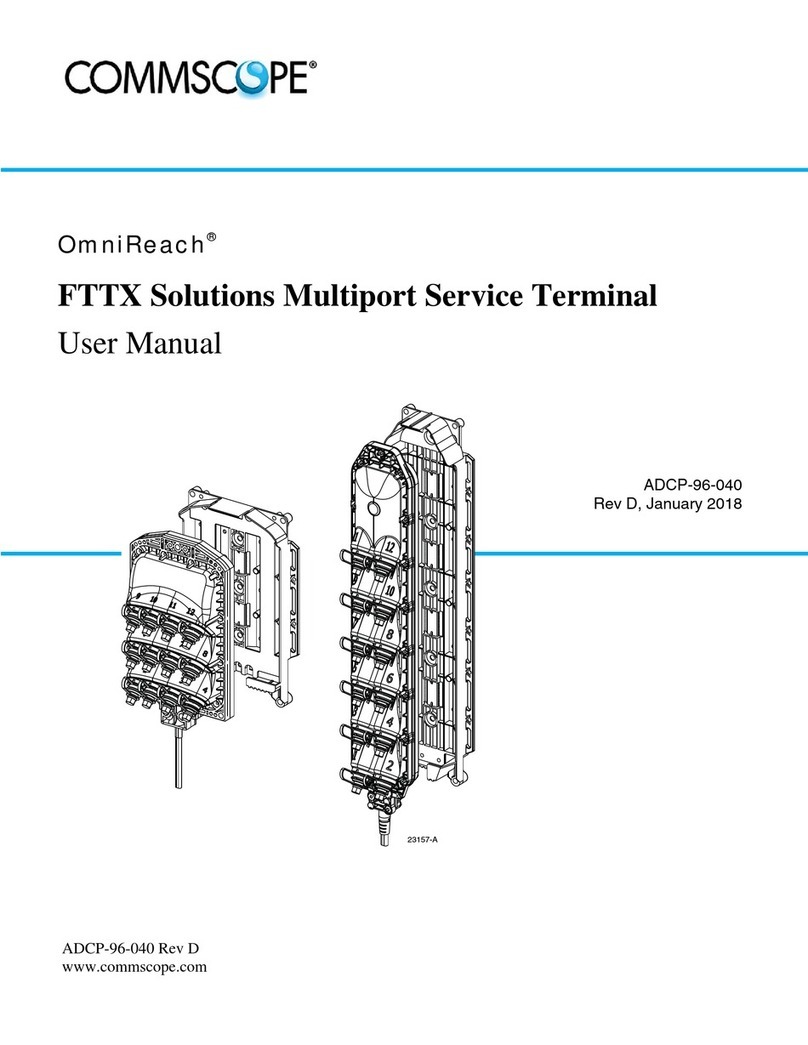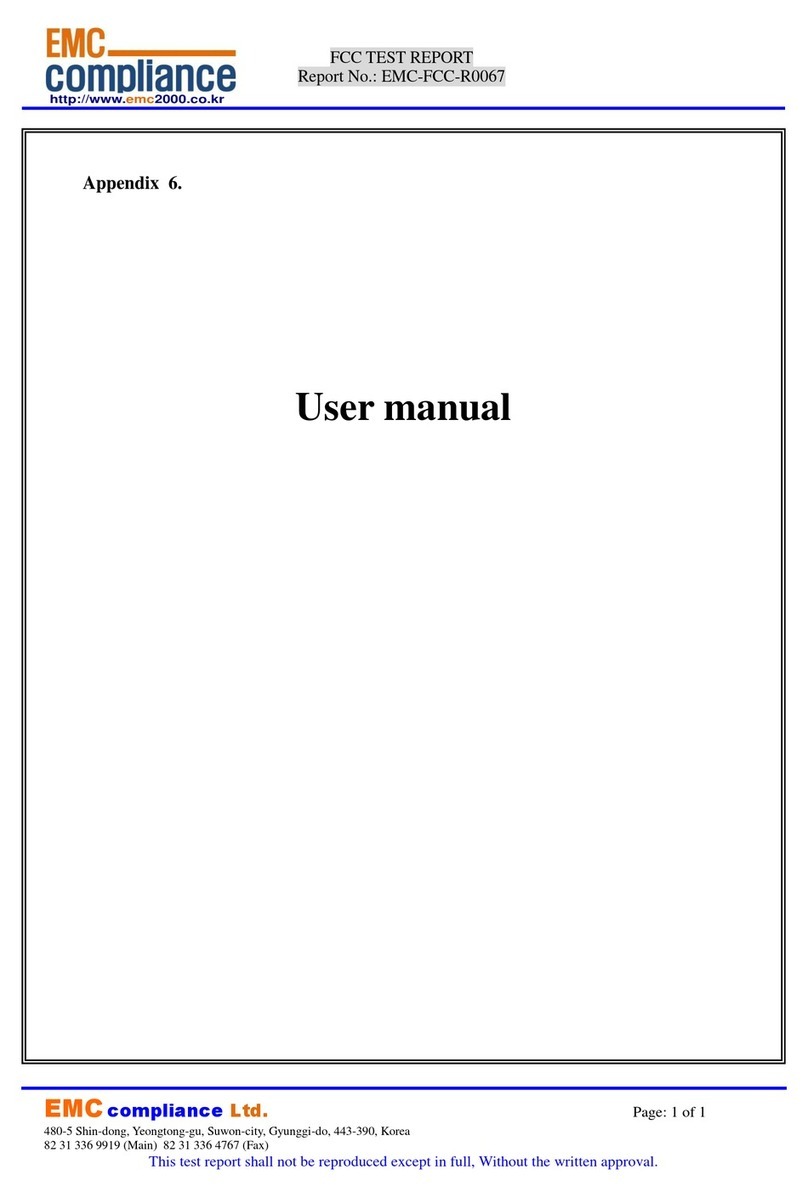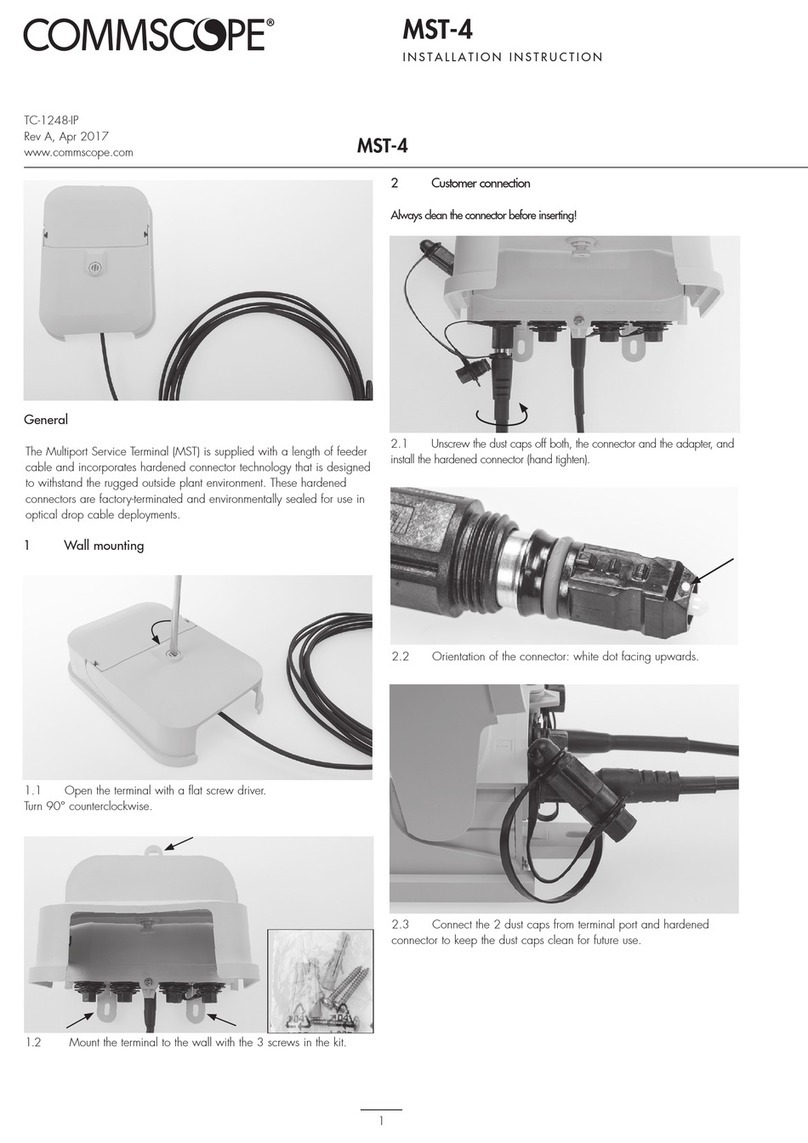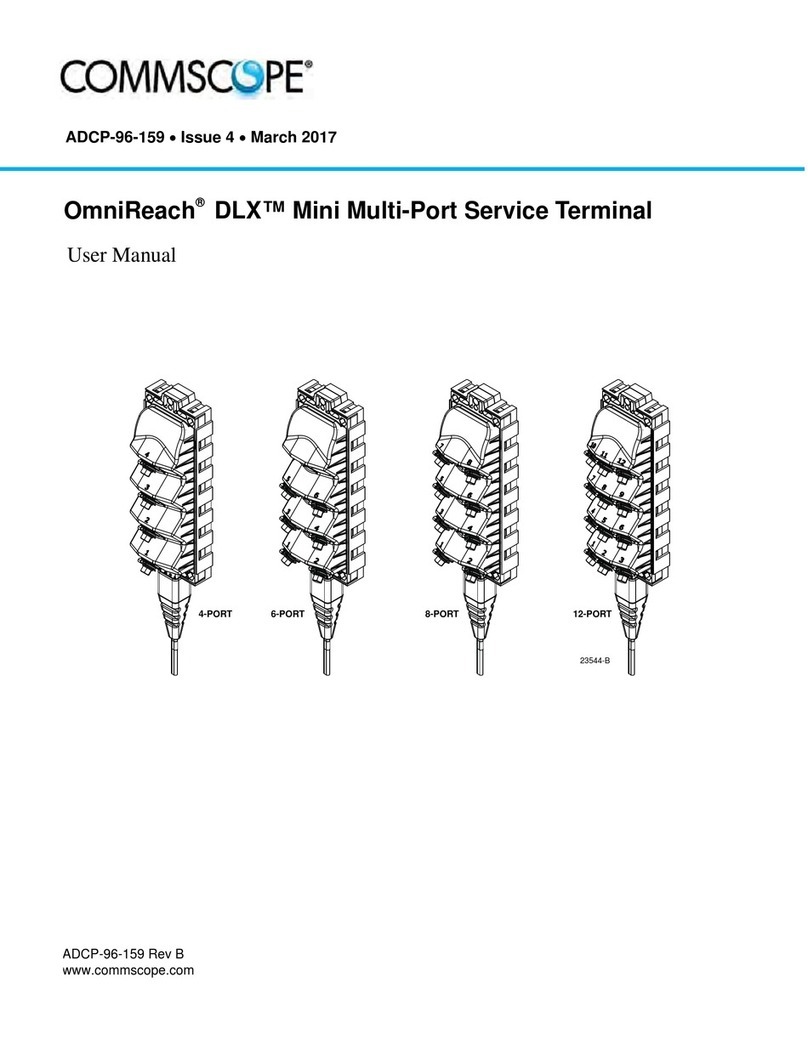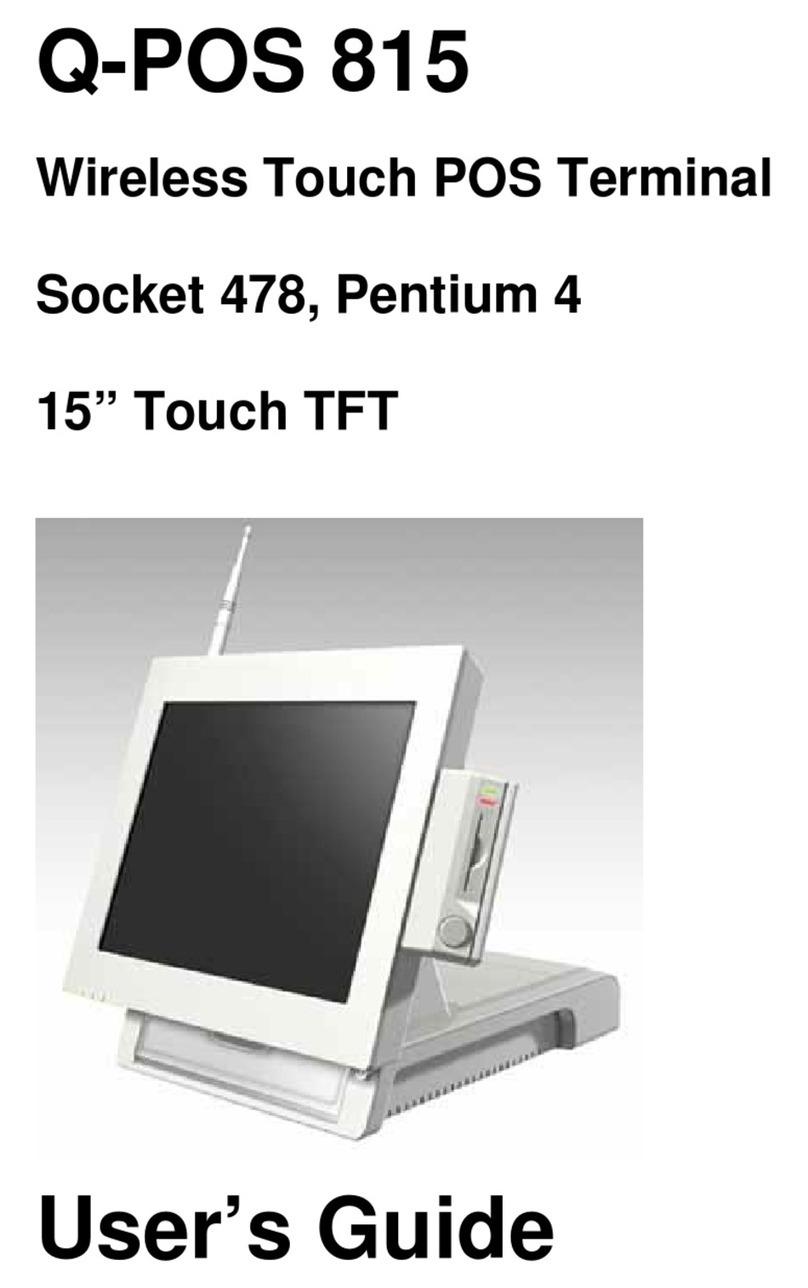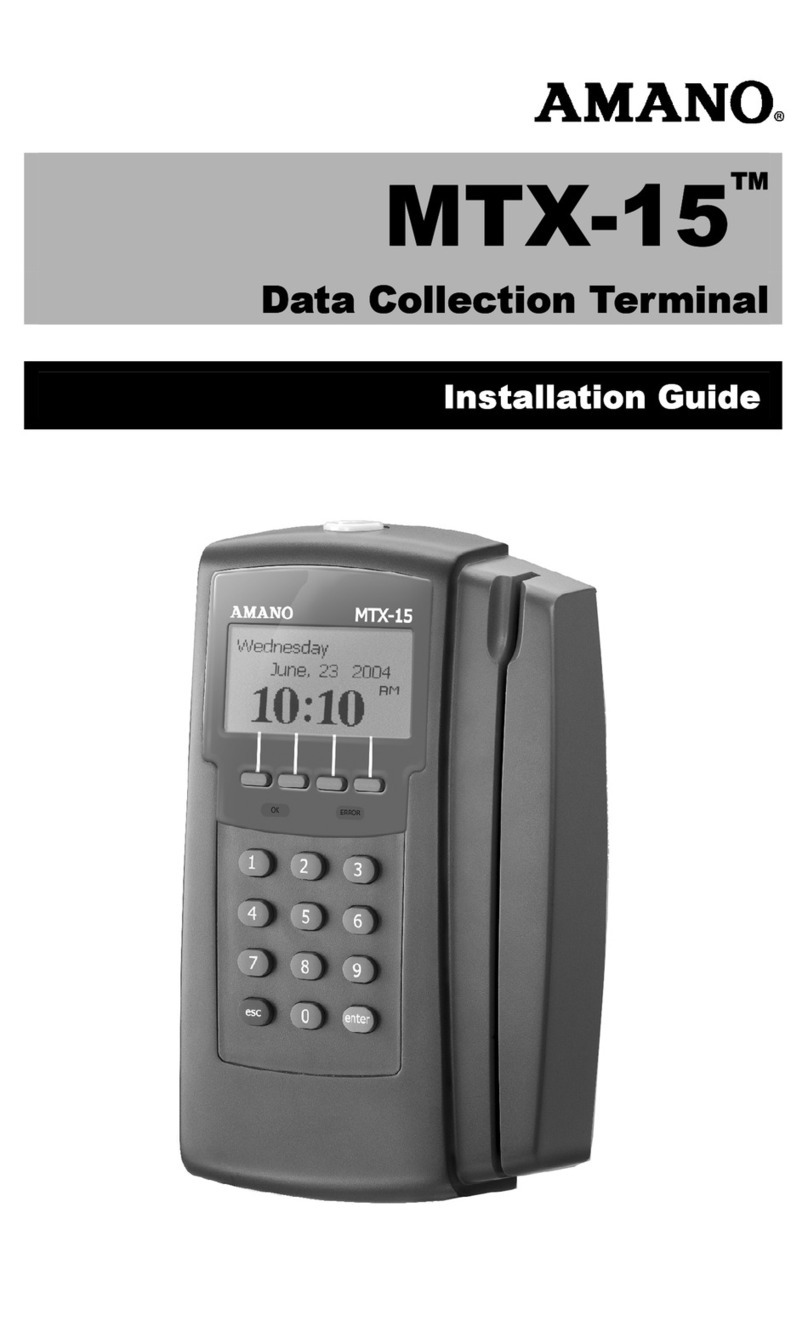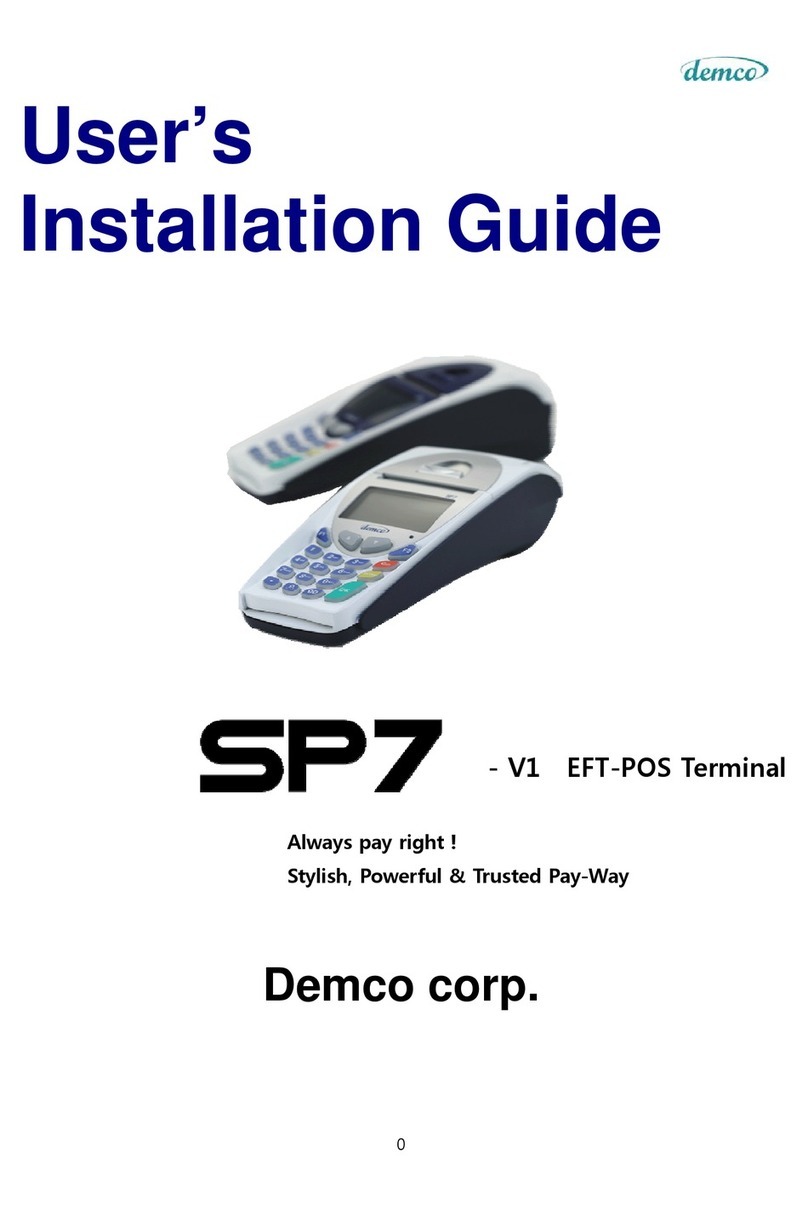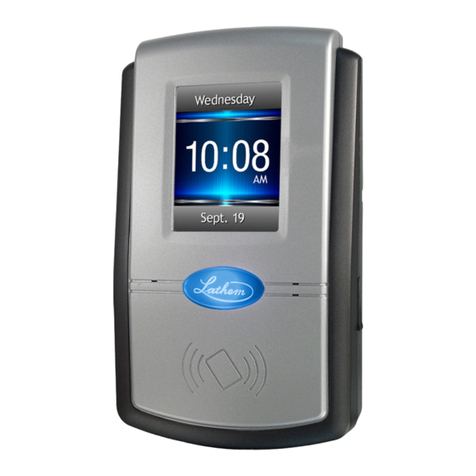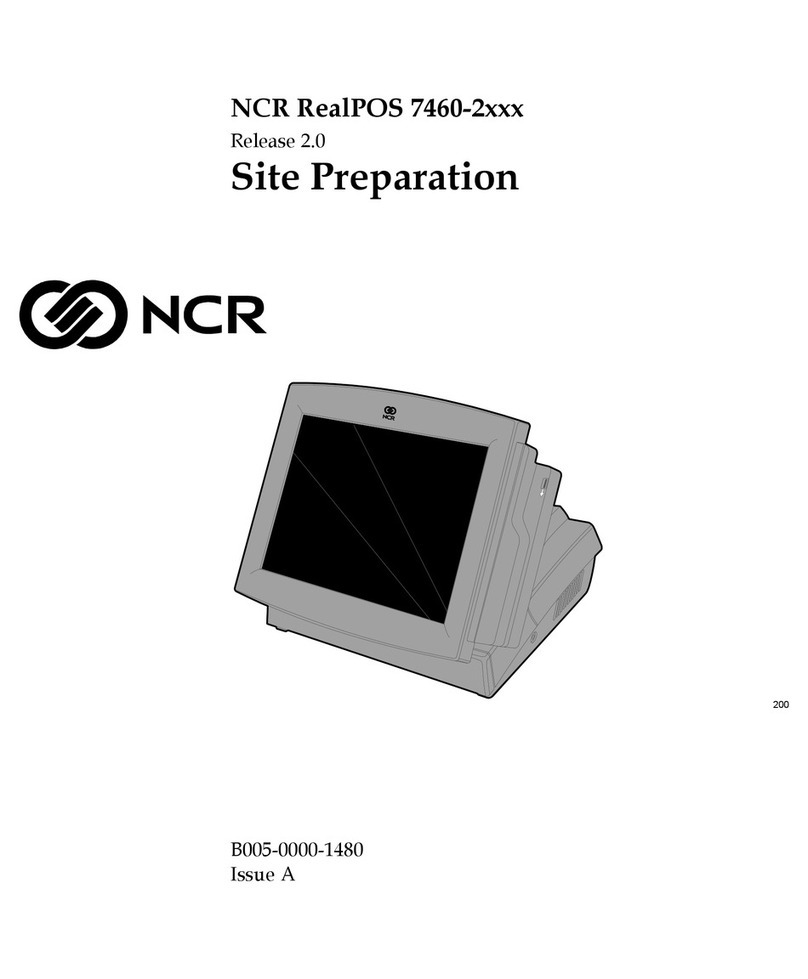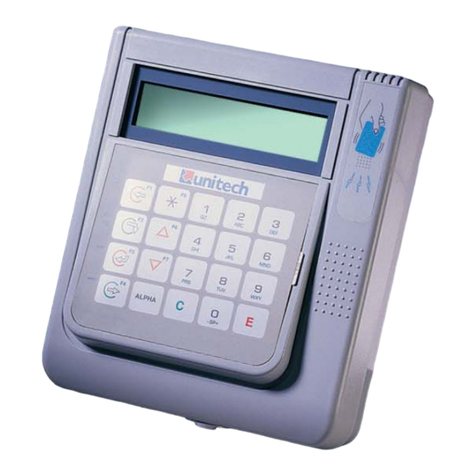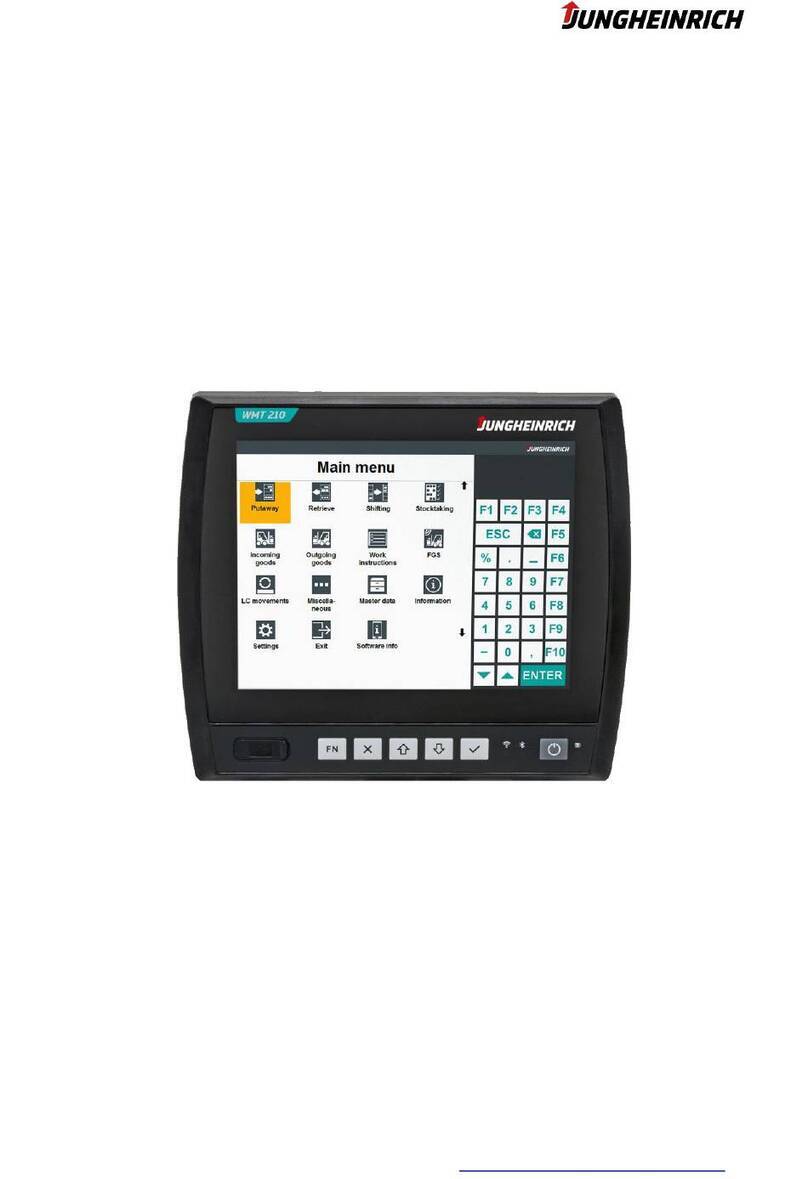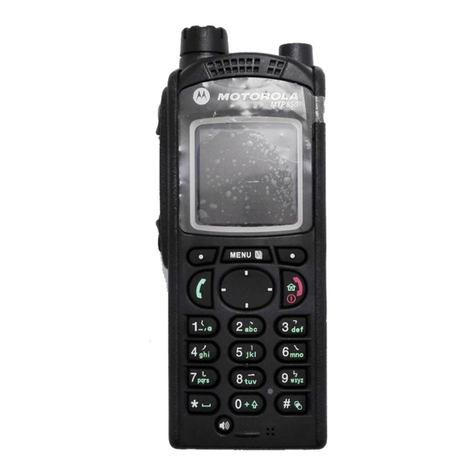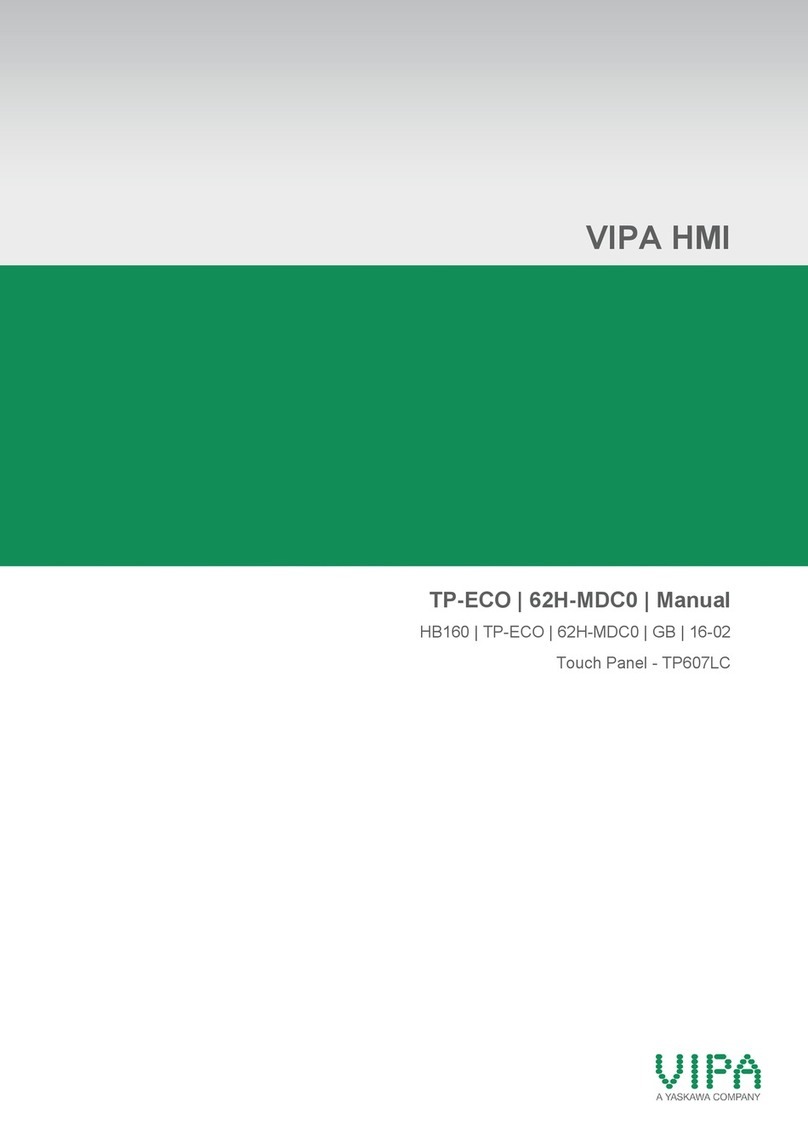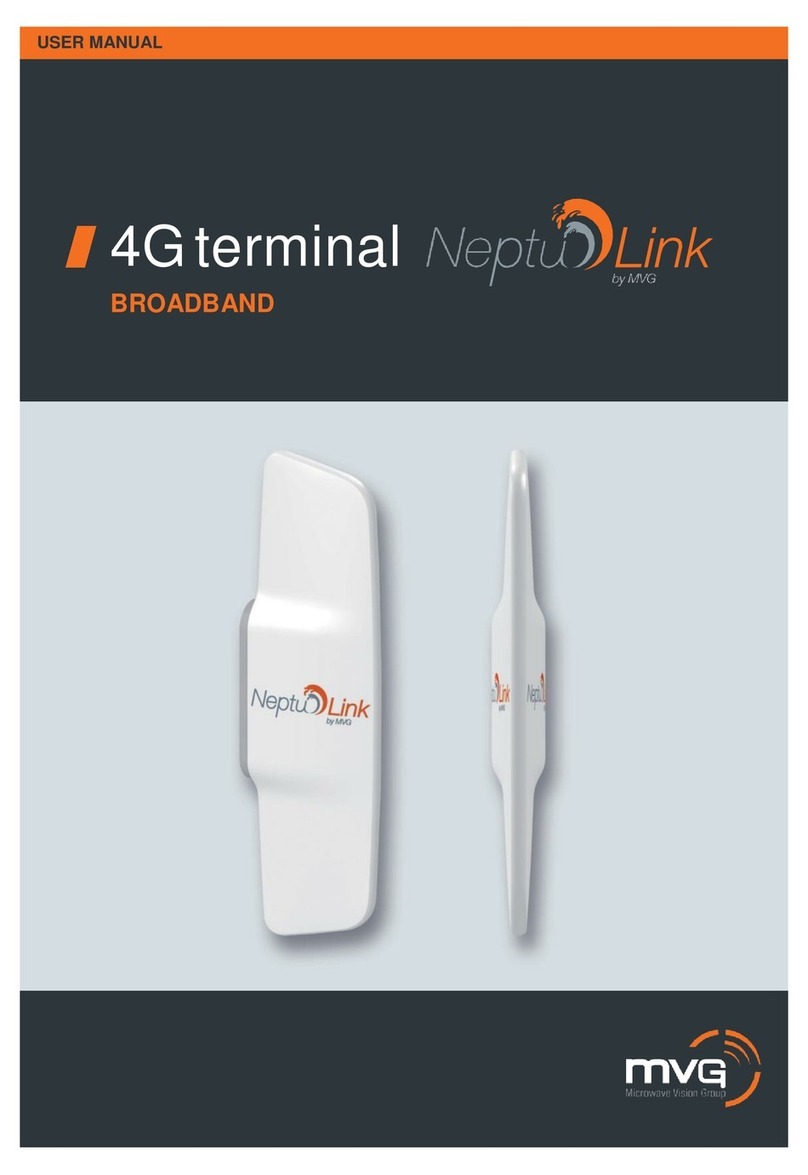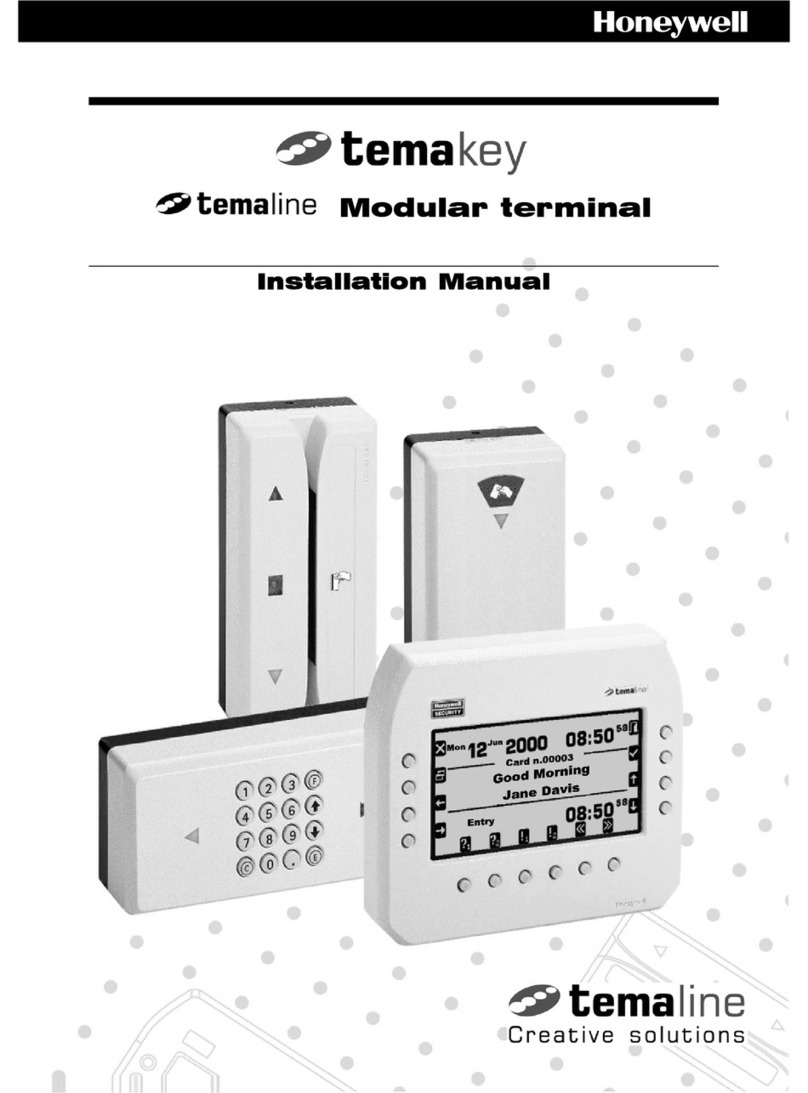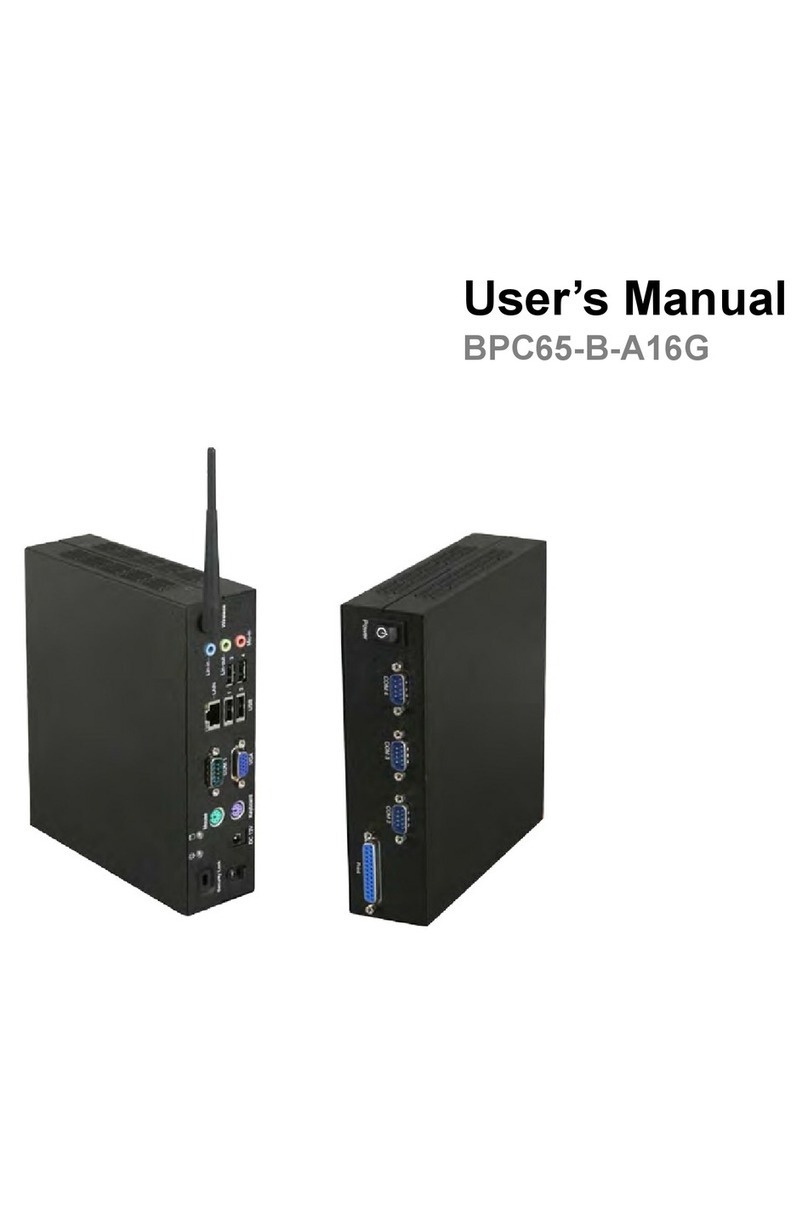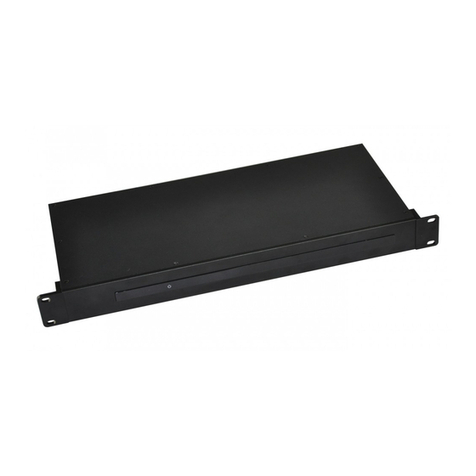
Contents
Contents1 About this manual............................................................................. 1
2 Dimensions......................................................................................... 1
3 Tools.................................................................................................... 3
4 Warnings and Cautions..................................................................... 3
5 General product information........................................................... 3
5.1 Cable handling recommendations........................................................... 3
5.2 Grounding the armored cable....................................................................4
5.3 Standard fiber and port configuration....................................................4
6 Mounting the Hardened Terminal................................................... 5
6.1 Flat surface mounting....................................................................................5
6.2 Pole mounting.................................................................................................. 5
6.3 Strand mounting..............................................................................................6
7 Full Size connector Installation........................................................ 6
7.1 Connector components................................................................................ 6
7.2 Adapter components..................................................................................... 7
7.3 Connecting the Full Size connector......................................................... 7
7.4 Disconnecting the Full Size Connector................................................... 8
7.5 Full Size connector cleaning........................................................................8
8 HMFOC connector Installation......................................................... 9
8.1 Connector components................................................................................ 9
8.2 Adapter components..................................................................................... 9
8.3 Connecting the HMFOC................................................................................9
8.4 Disconnecting the HMFOC........................................................................10
8.5 HMFOC cleaning........................................................................................... 11
9 Prodigy connector installation.......................................................11
9.1 Connector components..............................................................................11
9.2 Adapter components...................................................................................11
9.3 Connecting the Prodigy connector........................................................12
9.4 Disconnecting the Prodigy connector.................................................. 13
9.5 Prodigy connector cleaning......................................................................13
10 Maintenance.................................................................................. 14
11 Disclaimer.......................................................................................15
12 Contact information......................................................................15
page 2 / 15
© 2022 CommScope, Inc. All Rights Reserved


